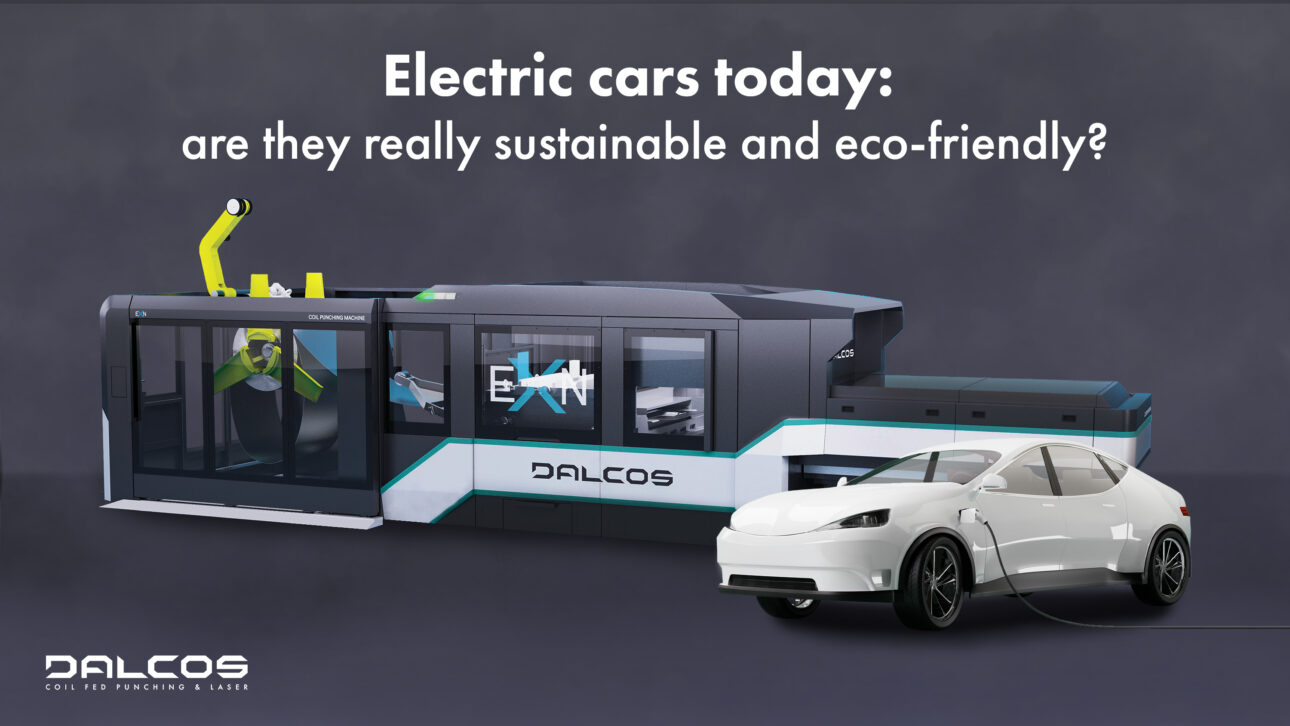Electric cars today: are they really sustainable and eco-friendly?

Have you ever wondered how much CO2 is produced to make an electric car? And if it is really convenient in terms of CO2 produced?
Follow me in this short article. The answer will surprise you!
Personally, I am always very perplexed when I hear journalists from important newspapers talking about ecological transition, and who present the electric car as an inevitable and necessary passage.
Know that if you consider the costs of producing and disposing of an electric car, and compare it with a diesel car, you will have to drive it for at least 80,000 km before you start to see any benefit in terms of CO2 produced!
In particular, electric cars currently have the problem of battery production, lithium extraction and disposal. While it is true that they are cars with fewer components, the battery pack is definitely a problem: bear in mind that its replacement can cost up to 20,000 Euros depending on the model!
Not to mention that in the present day, with energy costs for traction approaching 90 Euros per kWh, the cost per kilometer travelled has certainly become higher than diesel and petrol cars.
This is important data and on which we need to reflect.
Personally, electric cars still do not convince me, at least until the technology of accumulators is no longer sustainable. And having to buy a new car these days, I once again chose a diesel engine that I still consider the best engine that ensures the best autonomy!
What about electric servo machine tools?
Here the question becomes very interesting: you have to know that in the last twenty years, with new technologies, the consumption of machine tools has been increasingly reduced. There are many reasons for this: the engines are more efficient and the architectures of the electrical and electronic parts allow the reuse of braking energy, which for example was once completely dissipated.
It is therefore easy to reach consumption that is relatively 30% lower than just a few years ago. If we add to this that machines with electric actuators are supplanting hydraulic machines, energy savings reach values of up to 70%!
In fact, the old hydraulic machines must keep the hydraulic oil under pressure to serve the whole system, and all hydraulic circuits have enormous energy losses, due to friction and wasted heat. Not to mention the hydraulic oil, which must be disposed of every year and replaced!
You can understand that saving 70% of the energy on a machine tool translates, in today’s values, into significant savings.
Imagine that a hydraulic machine that consumes 40kW time costs you about 21,400 Euros of electricity every year used on 1 shift and about 63,000 Euros used on 3 shifts.
An electric servo punching machine that does the same job, as well as faster, currently consumes only 12kW with an annual cost of only 7,000 Euros, so less than a third!
It also allows you to achieve, in a year, a total saving of 42,000 Euros only for the pure energy cost.
And in this case there are no batteries to replace, or to dispose of: you are really doing something extraordinarily good both for the environment and for your company’s costs.
There are two easy ways to learn more about the amazing electric servo machines and the savings they allow you to generate.
Go to masterclass.dallan.com and register for Dalcos masterclasses on cutting technologies and you will be notified by email of the next webinar concerning servo electric technologies.
Or contact our engineers on eng@dallan.com to receive all the information immediately and start making more money!

Andrea Dallan
CEO – Dallan Spa & Dalcos
